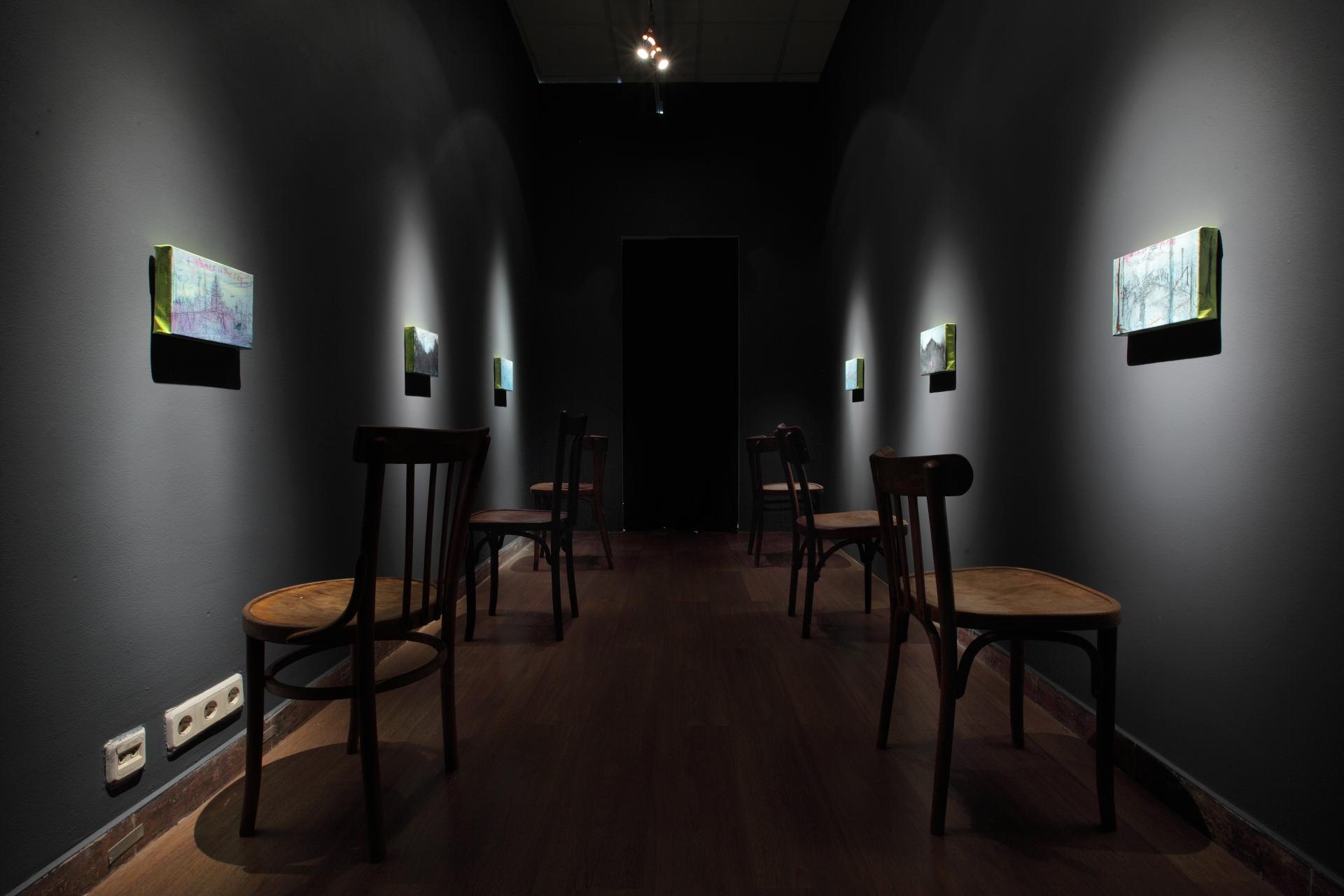
Stella Art Foundation presents “Semiconductors”, a special project of the 4th Moscow International Biennale for Young Art.
It is generally considered that the artist is a guide or conductor into the space of art. But it would actually be more correct to call the artist a “semiconductor”, because the creative act is a synthesis of conscious and unconscious activity, and the artist himself is at least half “led”, acting as an involuntary medium, deprived of his own will. On the other hand, the artist is a semiconductor because, even though he acts as a guide for the viewer and enables him to enter into the world of art, at the same time, without the viewer, he is unable to create the phenomenon of art. And, of course, the viewer is also a semiconductor: although subordinated to the work of art, the viewer is at the same time a prerequisite for its accomplishment, and is perhaps far from being the least important link in the chain of overall conductivity.
The key theme in the works of these artists is the various interpretation of space, as social, personal-existential and sacred. The concept of space is used to describe diverse phenomena — urban space, social space, personal space, sacred space, etc. The works of these authors are constructed precisely at the interpenetration and intersection of these spaces. In Kirill Savchenkov’s project the city is transformed into the two-dimensional space of stage scenery, against which the life of its heroes — brave explorers of the magical city — continuously unfolds. The heroes of the video by Polina Kanis dance ceaselessly in a small room. There are no leaders or led, and although they are all absorbed in a common process, they all remain in their own personal space. The works of Alisa Ioffe reveal a sacred space: through the drunken stupor of weekly trips to the dacha, as if in a mystical Bacchanalia, Alisa penetrates the primeval depths of the forest — a black hole that is echoed by the pink wound-window on the pale body of Christ.